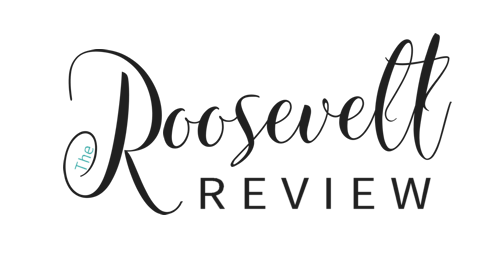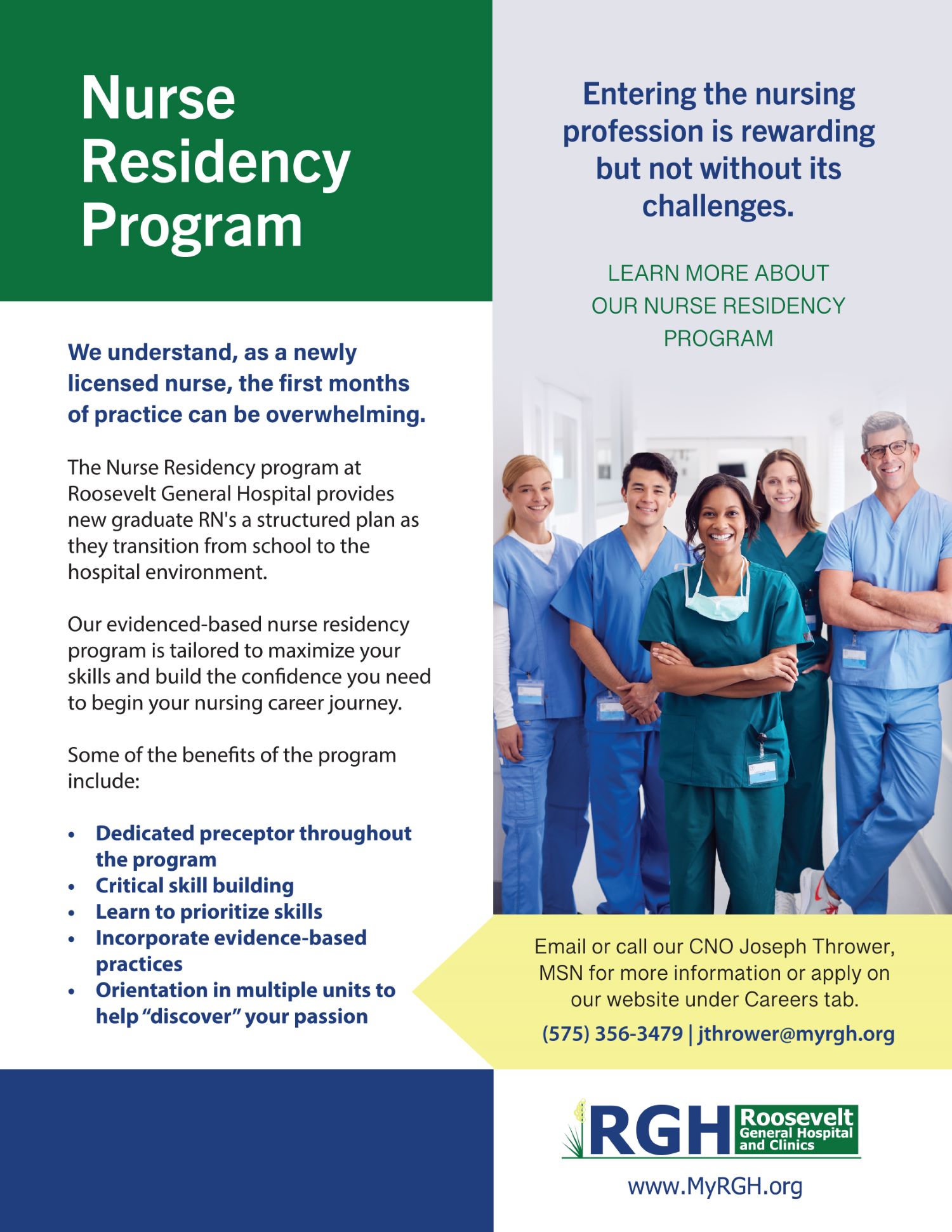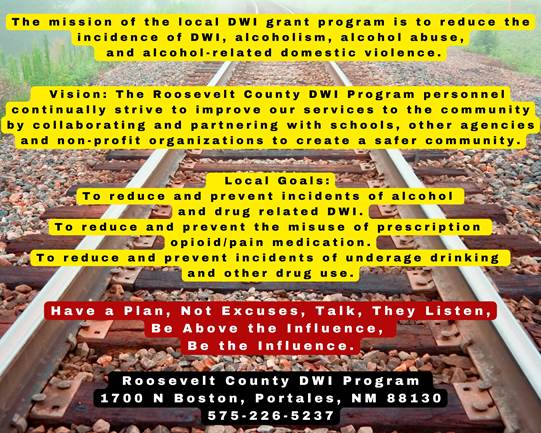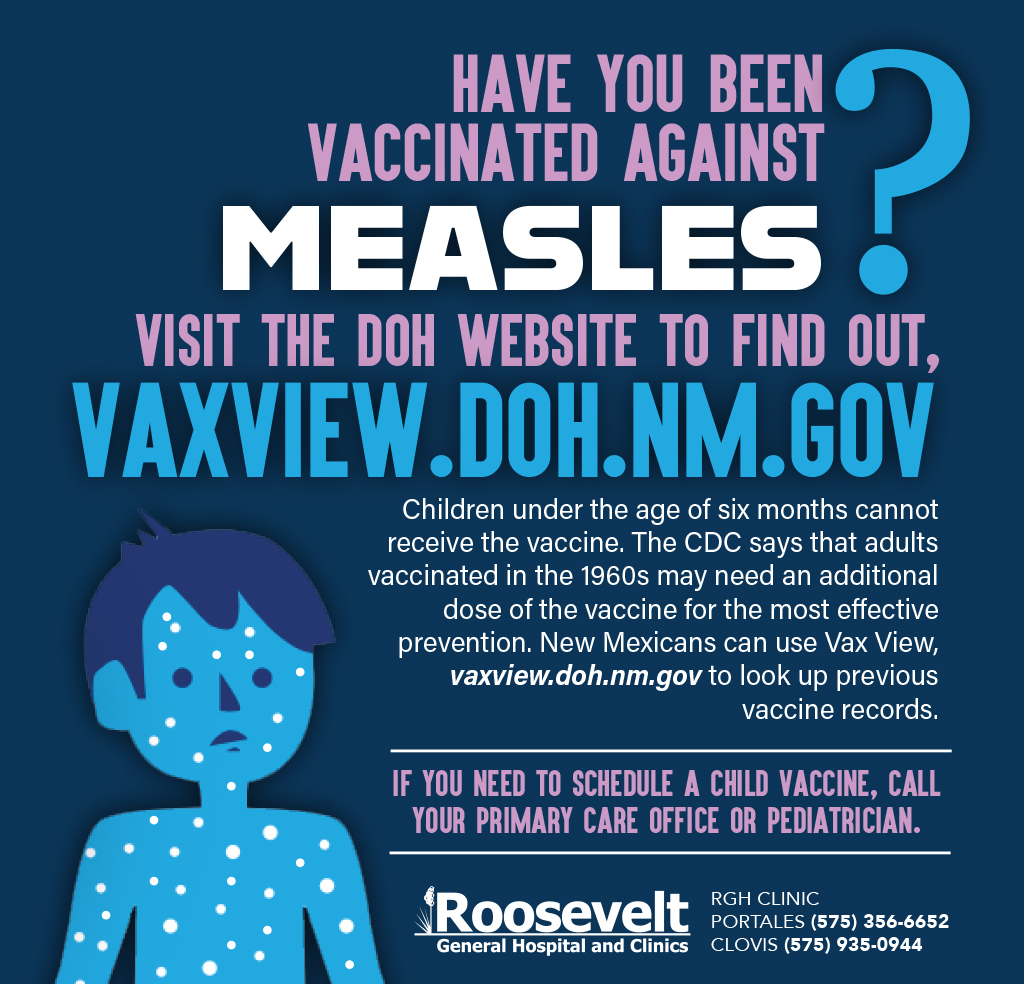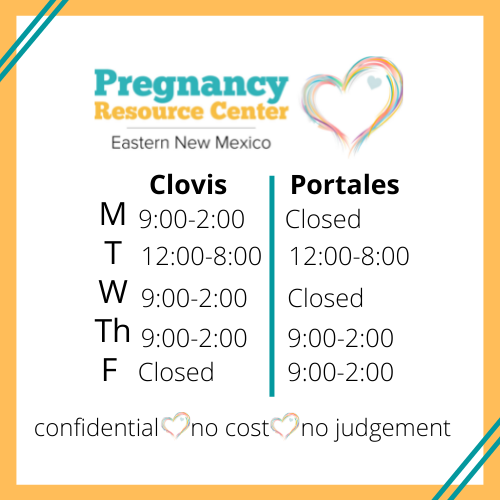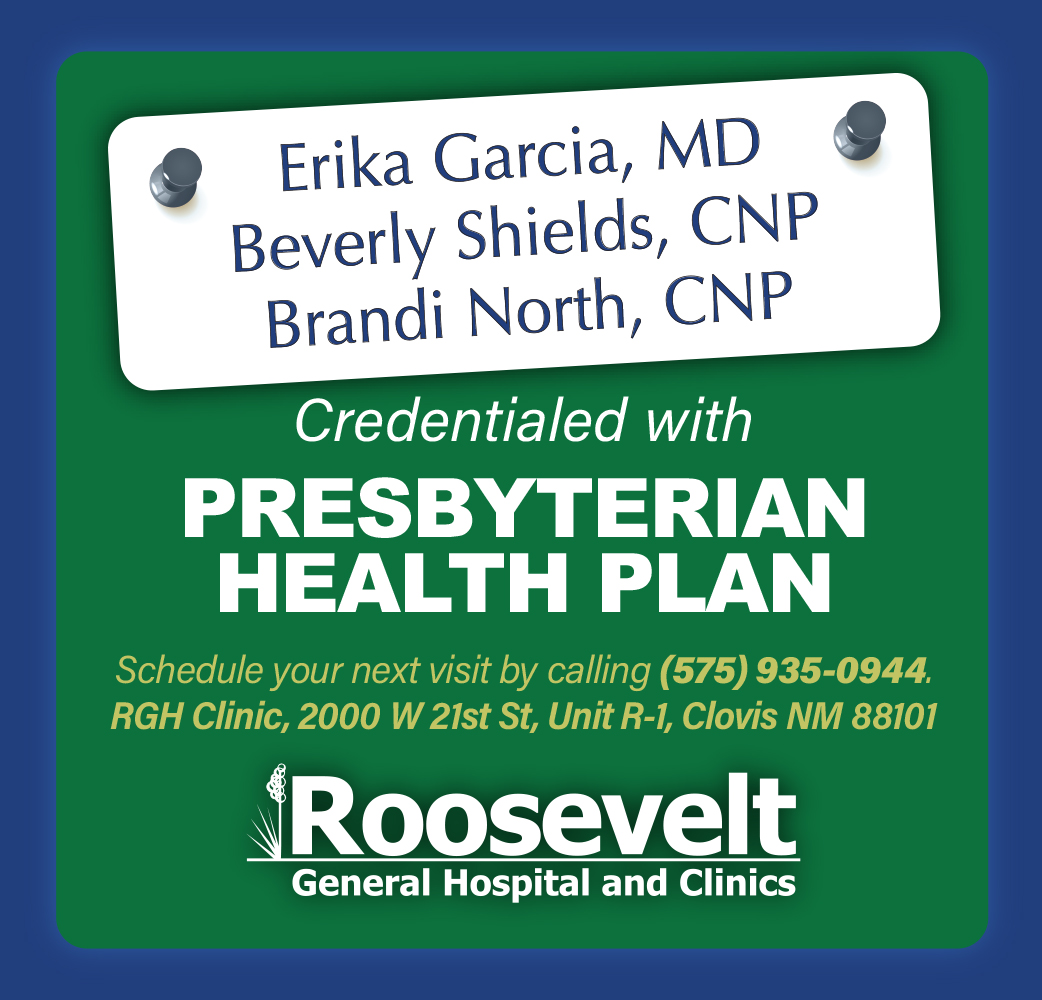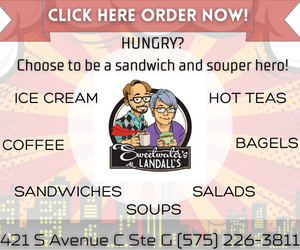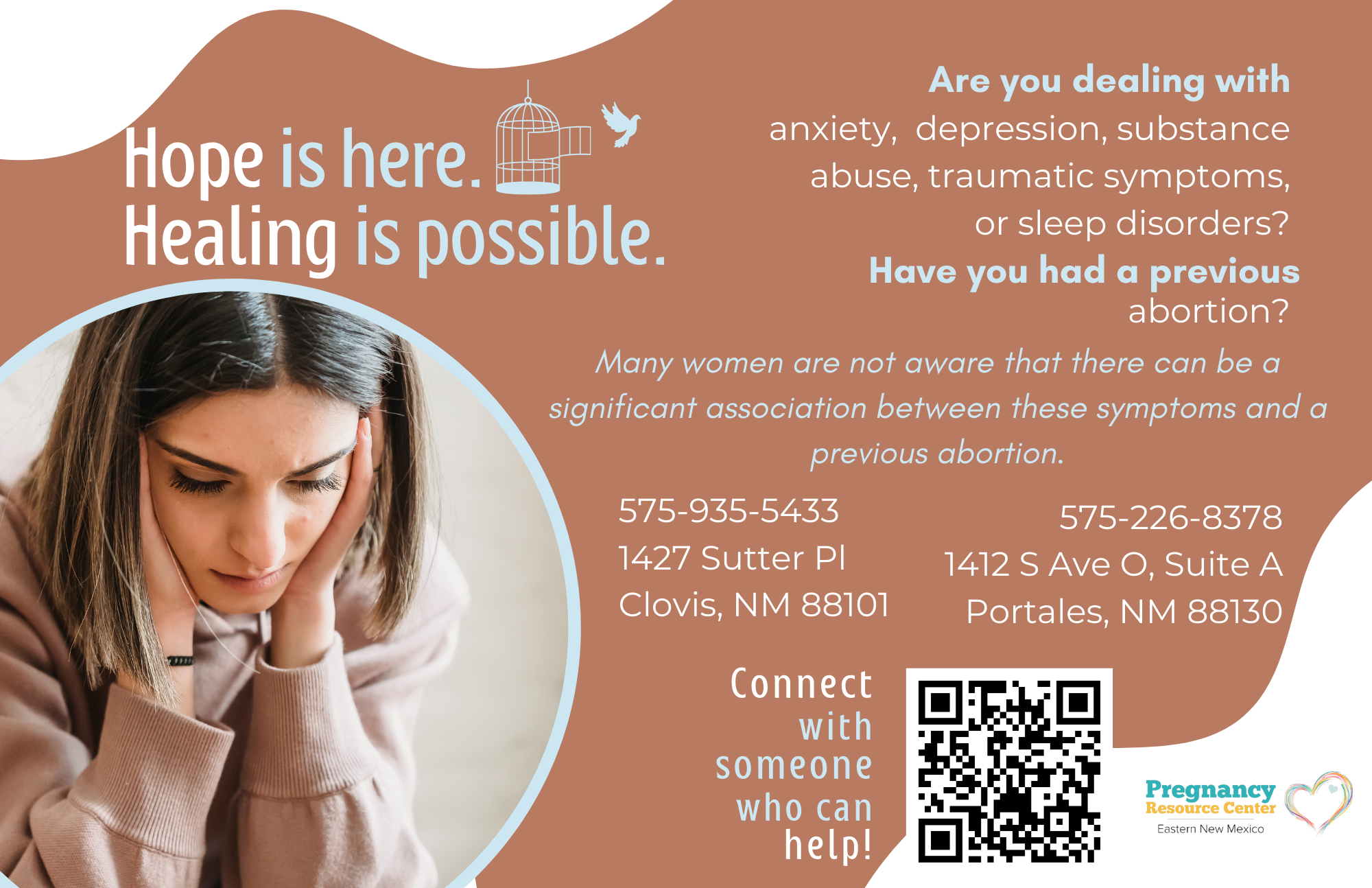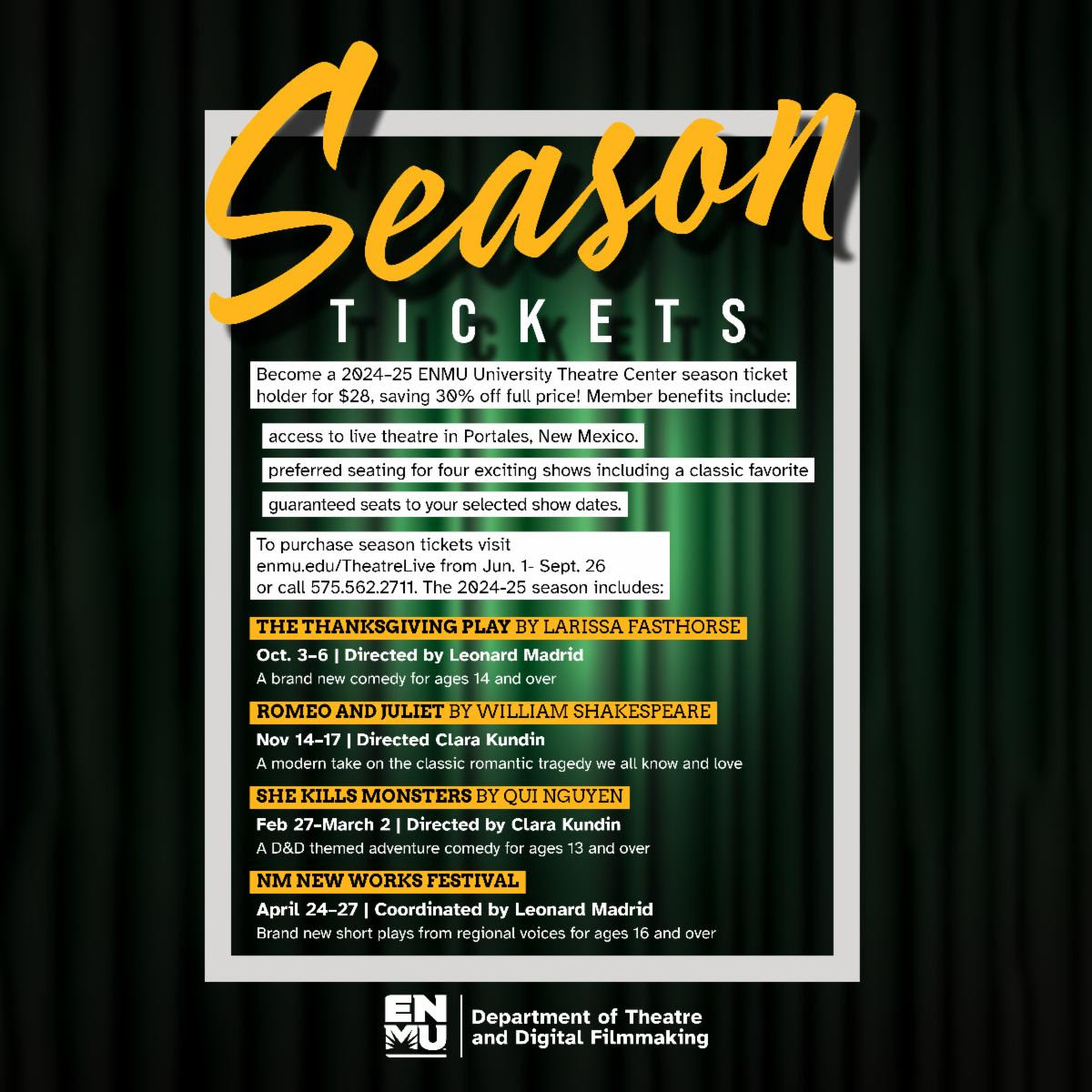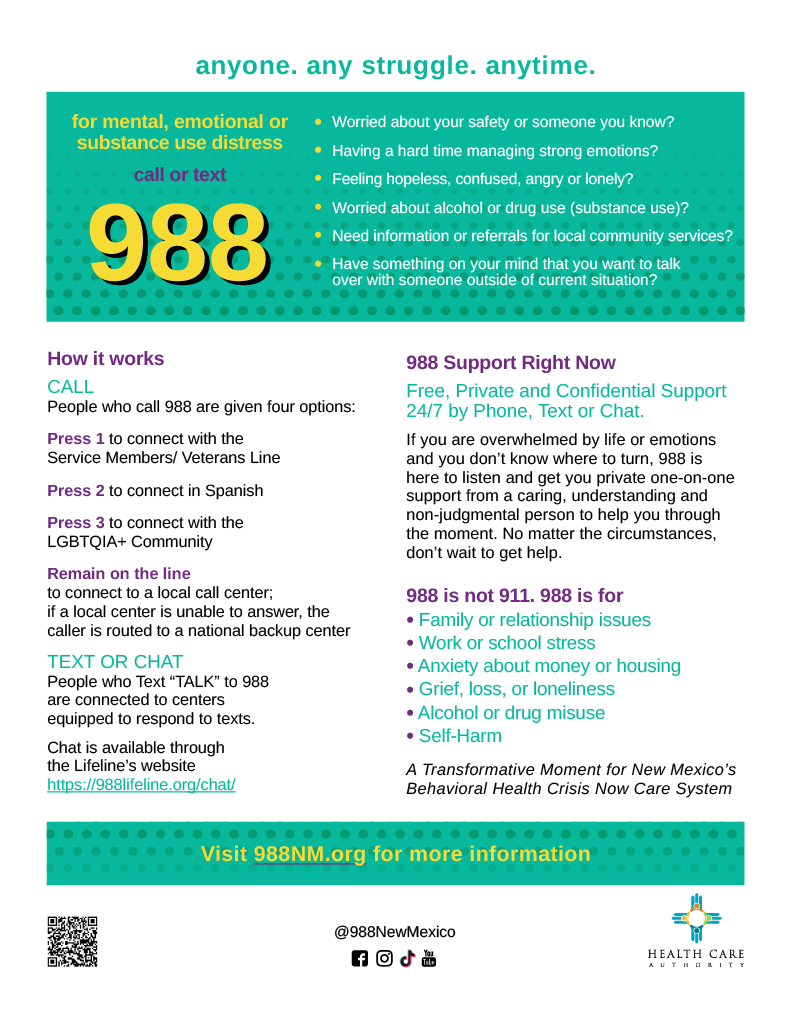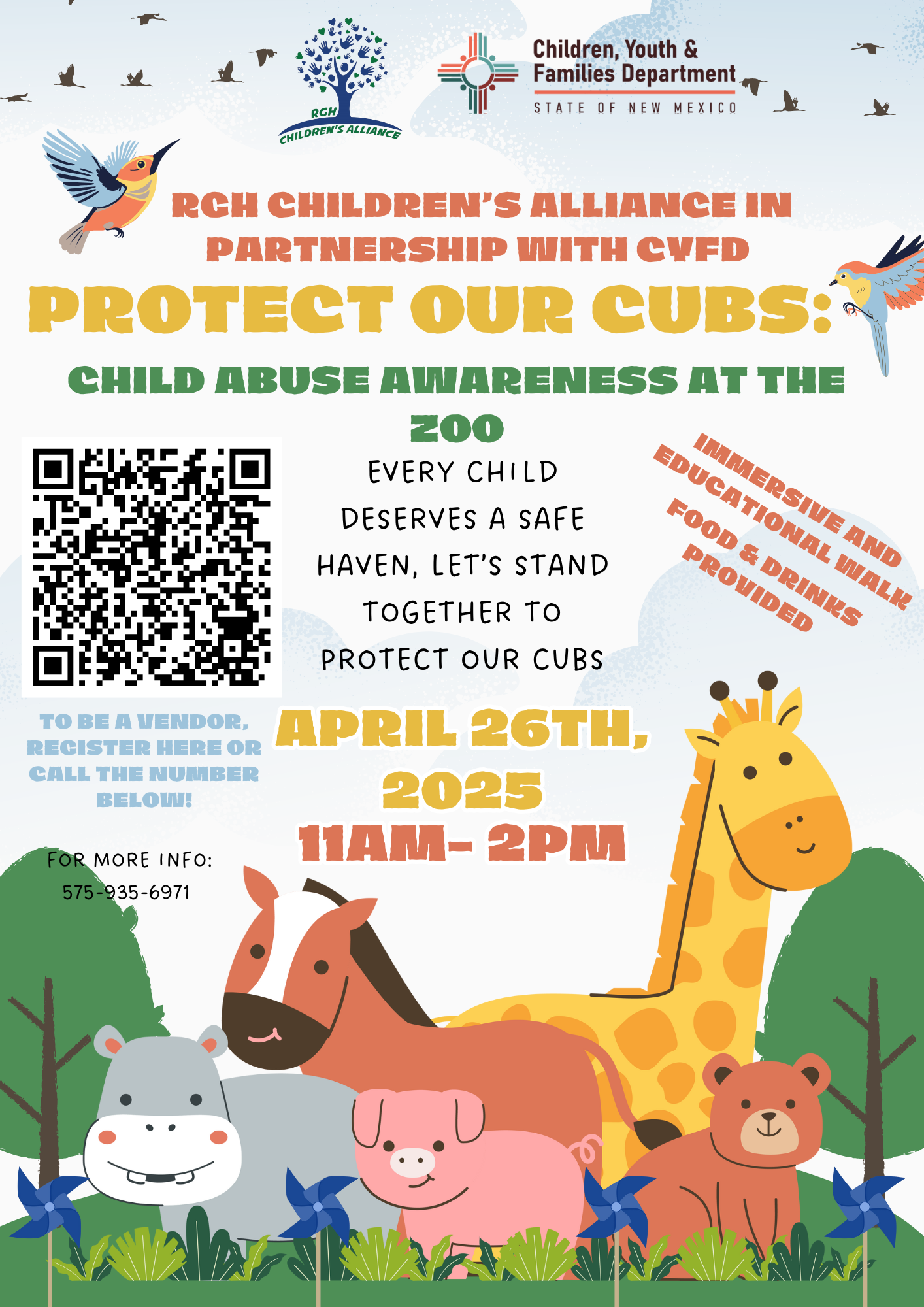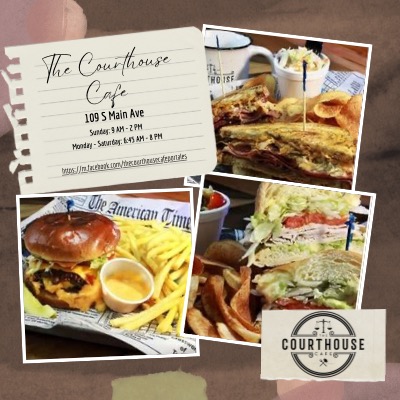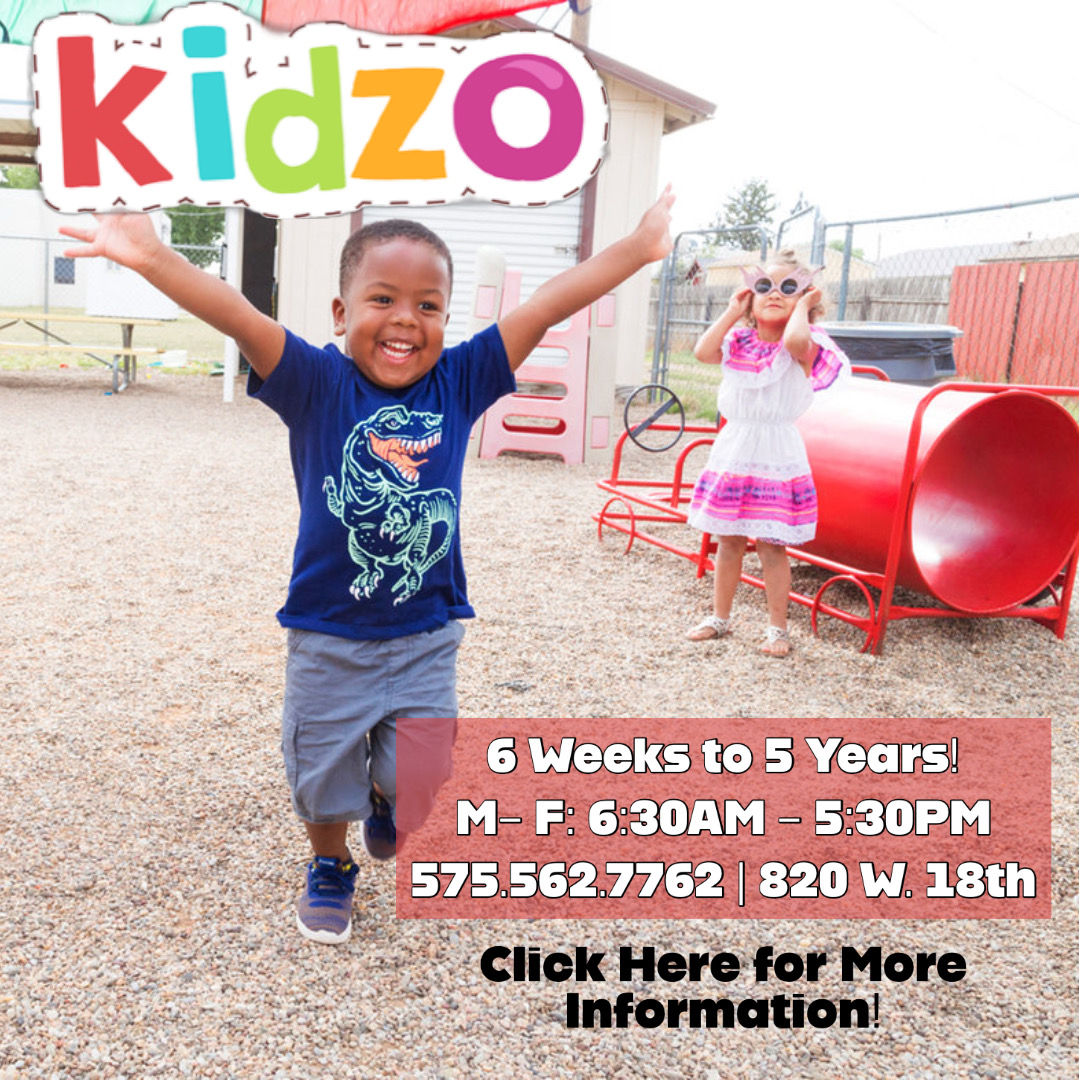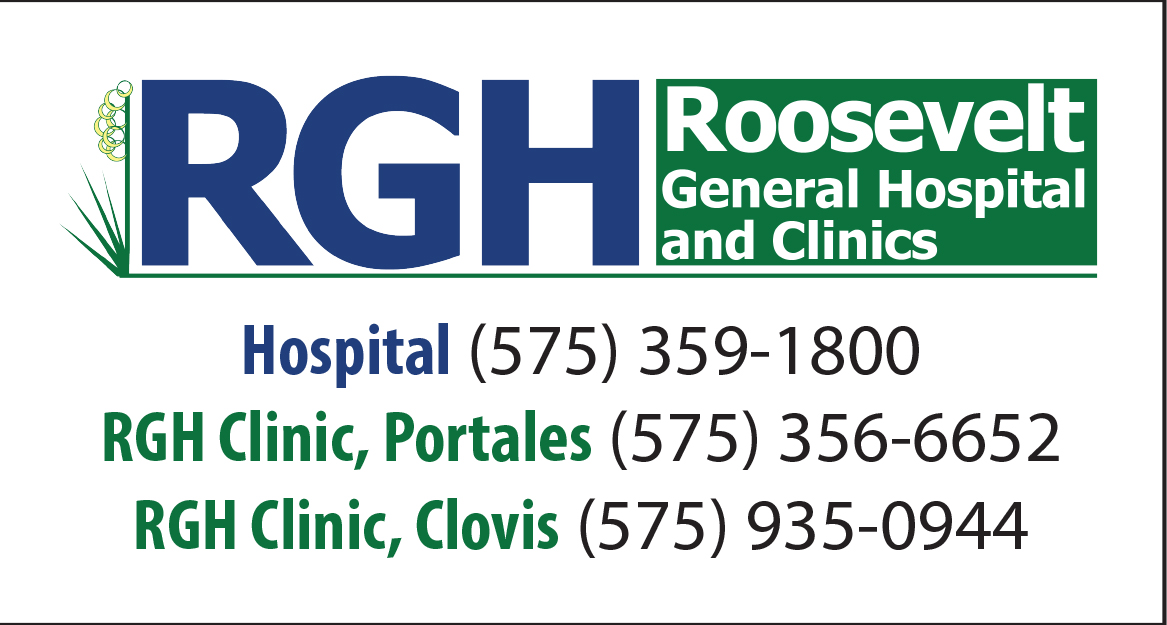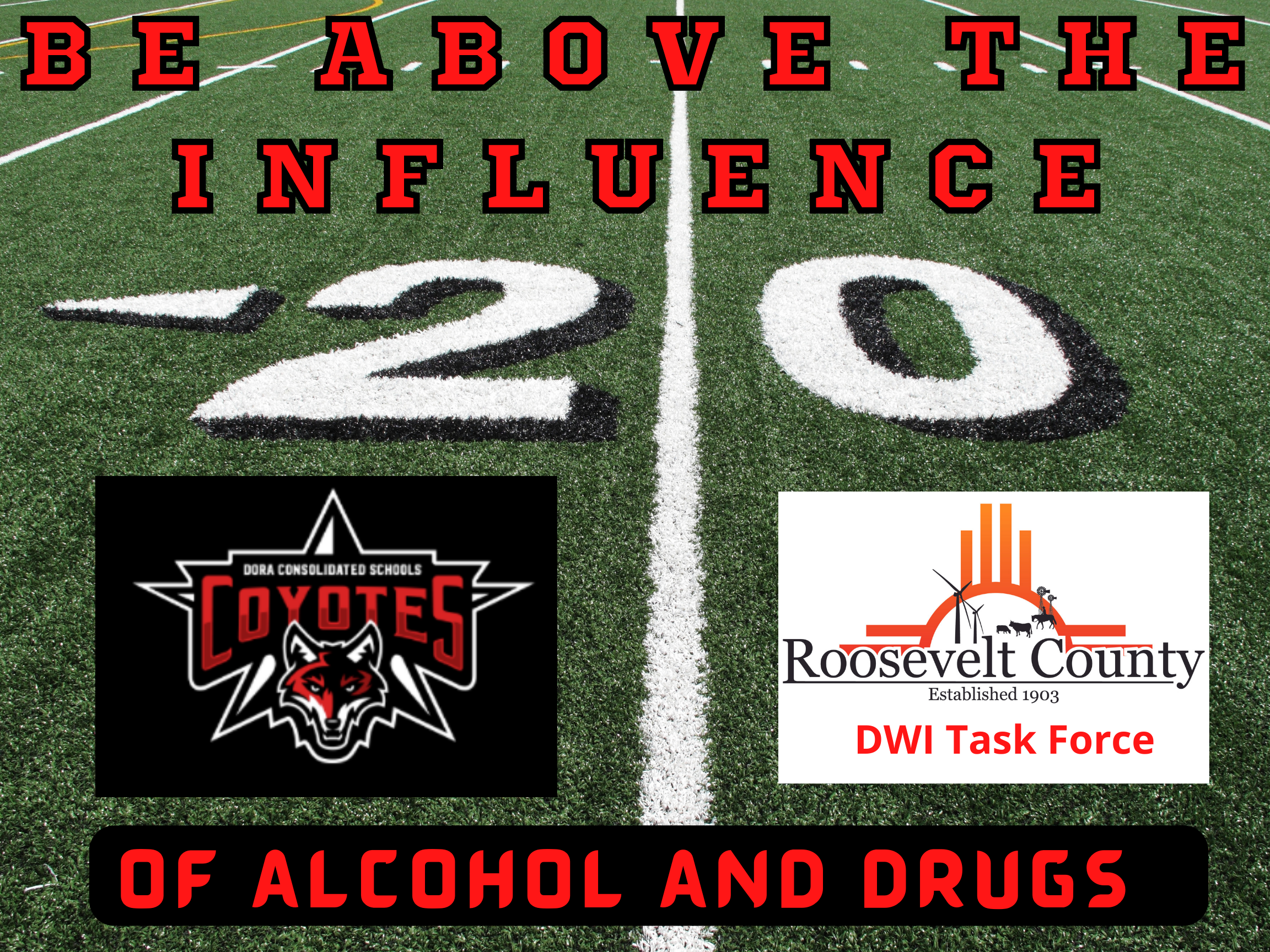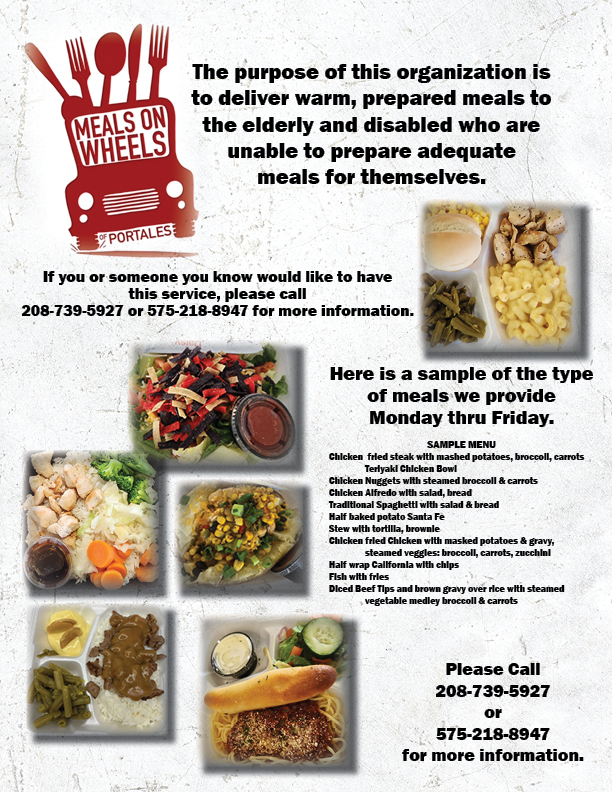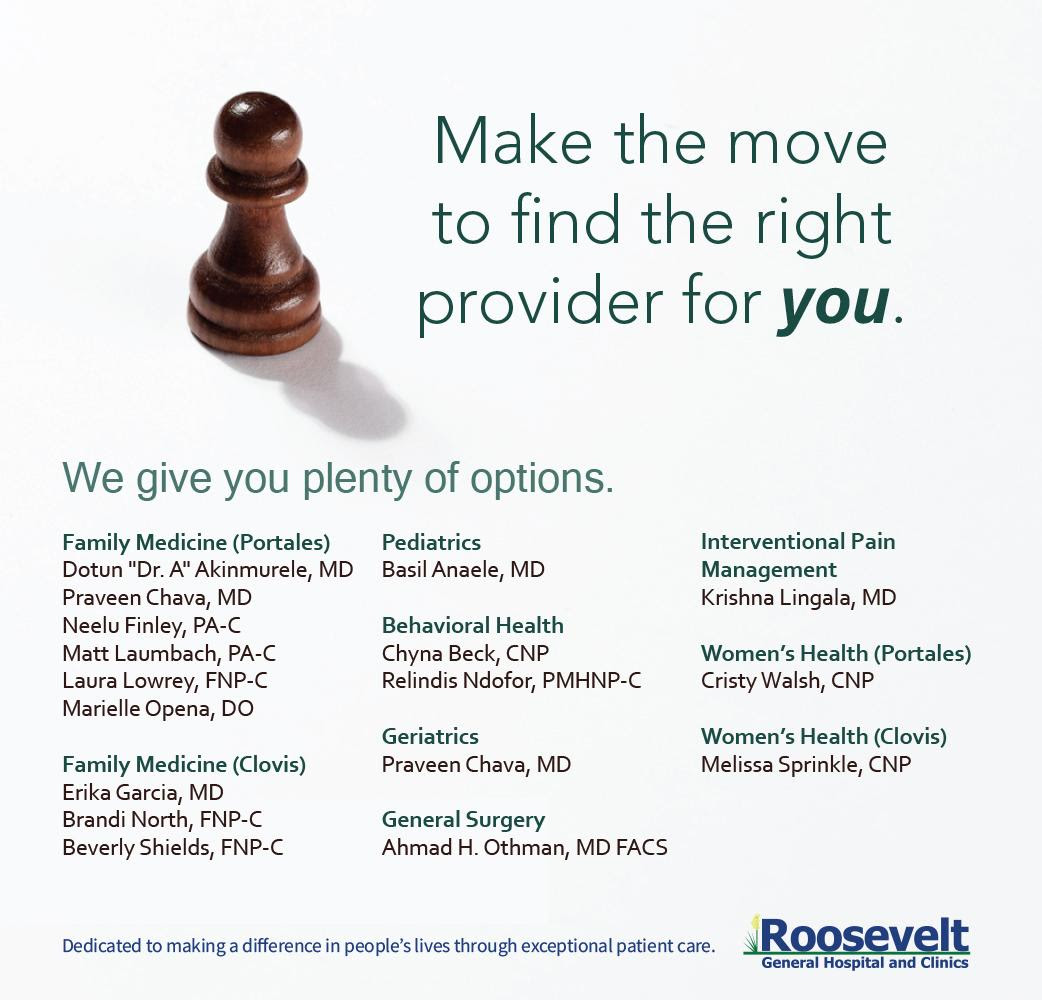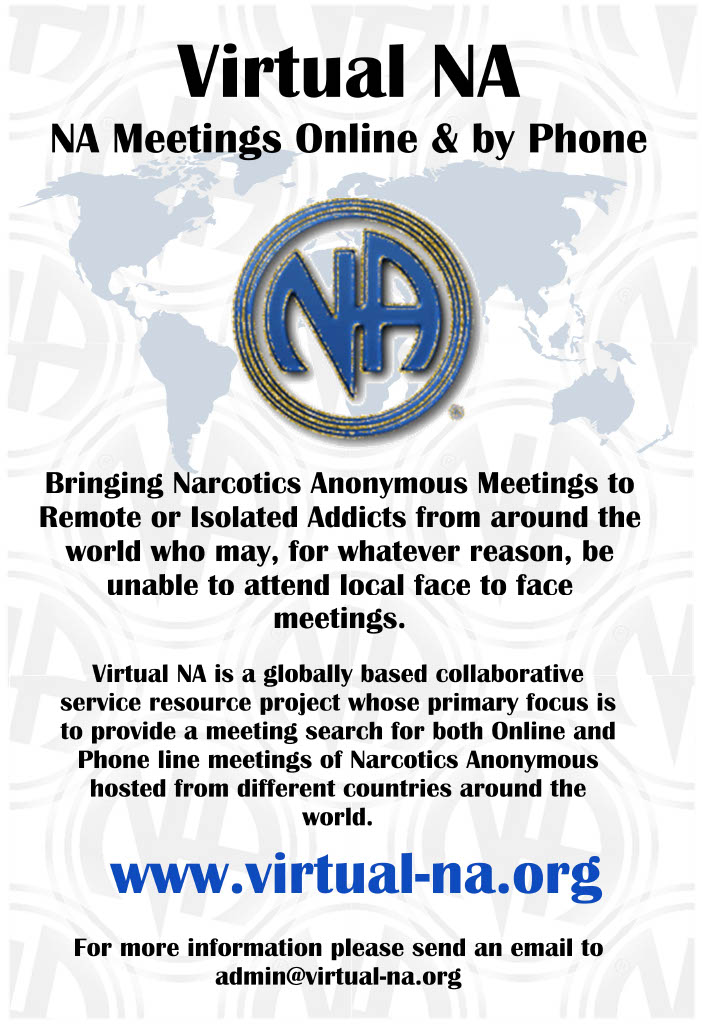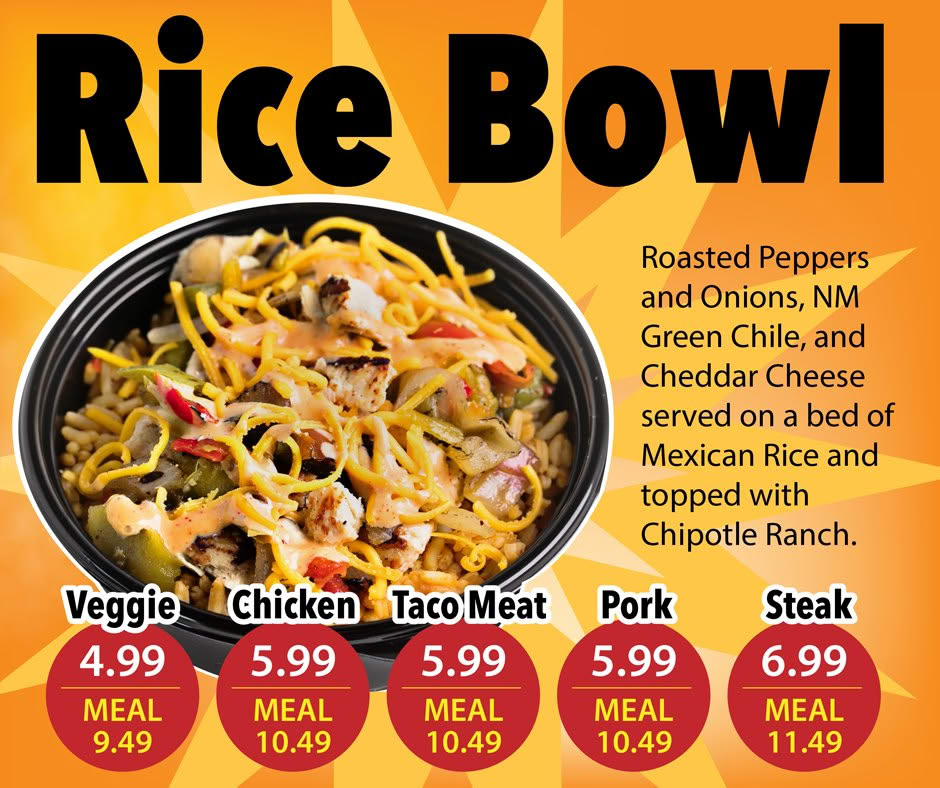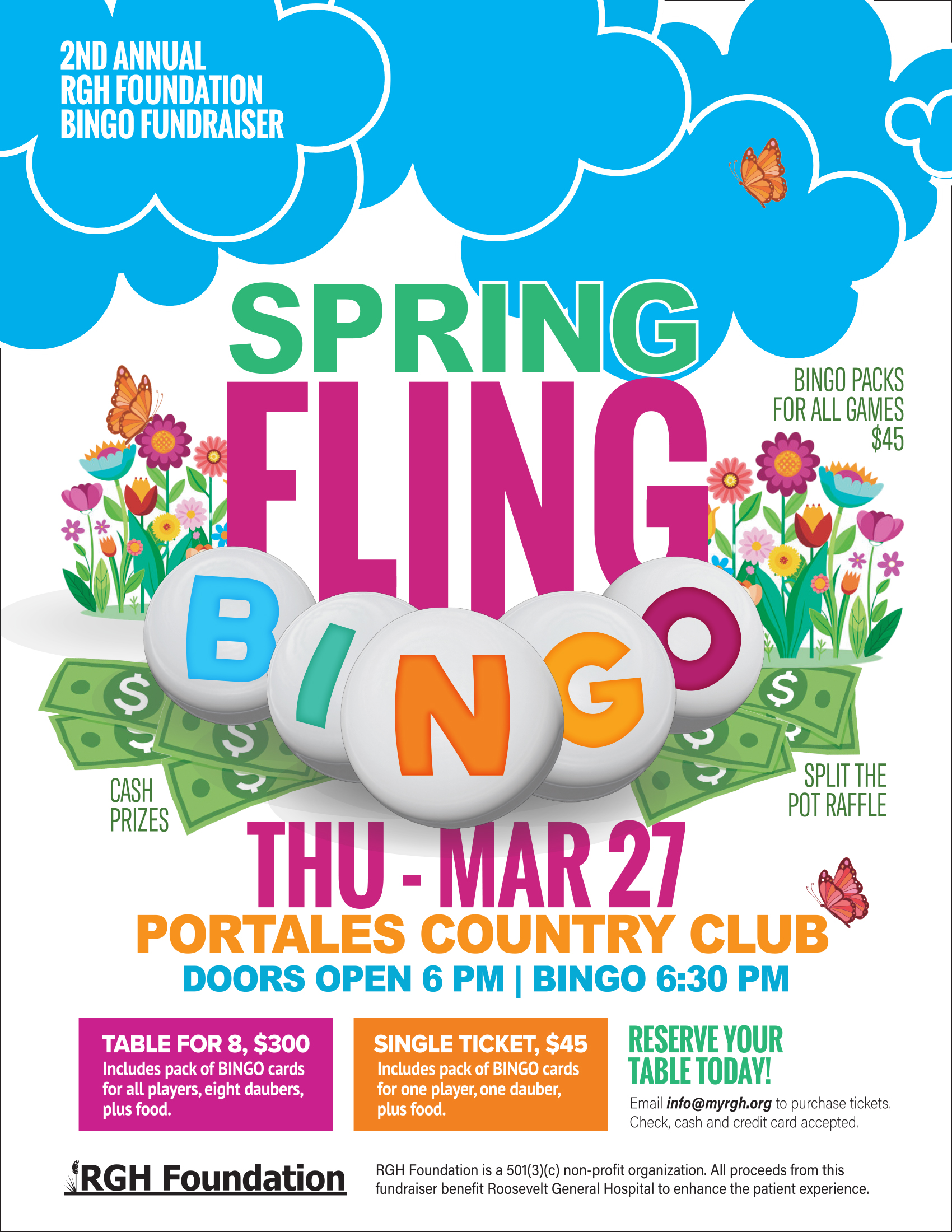By Rachel Cruze
Make 2025 the Year You Gain Control of Your Money
Are you one of the many Americans who made a New Year’s resolution? We’re now well into 2025, so how’s that resolution coming along? If the answer is “not great,” that’s okay. February is about the time when people run out of steam. And if your resolution was to finally pay off your credit card debt this year, you’re going to need more than the excitement of a brand-new year to accomplish your goal. So, stick around! I’ve got a plan to help you pay off your credit cards once and for all.
2025: New Year, Same Financial Goals?
Here’s a fun fact: New Year’s resolutions are more popular among young people than older adults. In fact, almost half of adults age 18 to 29 said they made at least one resolution last year.1 And it’s probably no surprise that two popular areas of life where people often make goals are in their money and their health. Unfortunately, though, most people have a hard time sticking to those resolutions longer than just a few weeks. Once the excitement and momentum of tackling a resolution like paying off credit card debt wears off, you really need to have a solid plan to stay on track the rest of the year.
Get Serious About Getting Out of Debt
It’s okay that it’s already mid-February. There’s no better time to start paying off your debt than right now—no matter how old you are or what stage of life you’re in. In fact, credit card debt is the most common type of debt in the United States, with the average American carrying a balance of $6,501.2 That might not sound too bad, but think of it another way: Americans are carrying a total of over $1.13 trillion in credit card debt.3 Those are some seriously scary statistics! Here’s how those average debt balances shake out per generation:4
- Boomers: $6,642
- Gen X: $9,123
- Millennials: $6,521
- Gen Z: $3,262
If this is the year you’re finally ready to get on top of your credit cards and pay them off, how do you do it? First, I recommend getting started with a budget using the free EveryDollar budgeting app. This will help you see how much money you’re spending (and what you’re spending it on) every month. Taking control of your money and paying off debt of any kind isn’t easy. It’ll take grit, determination and making some hard choices. But it’s worth it. And I’m going to show you exactly how to get started with the debt snowball method.
A Proven Plan to Get Out of Debt
Here’s how the debt snowball works.
- First, you’ll save $1,000 toward a starter emergency fund. This will cover any unexpected emergency costs (like a flat tire replacement or surprise medical expense) so you don’t go deeper into credit card debt.
- Next, you’ll list all your debts from smallest to largest. If you’ve got multiple credit cards, list the balances individually. And if you have other debt, like car loans, personal loans or student loans, include those too. Don’t worry about the interest rates right now—just focus on the balances.
- Then, start making minimum payments on your other debts, except the smallest one. That way debt collectors won’t bother you. Attack your smallest debt with any extra money you can to knock it out as fast as possible.
- Once your smallest debt is paid, take what you were paying on it and put that toward the second-smallest debt until it’s paid off. Keep making minimum payments on your other debts.
- Rinse and repeat until all your debts are paid and gone! Remember, every time you pay off a balance, you’ve got that much more money to throw at the next debt—like a snowball rolling downhill.
“But Rachel,” you might be asking, “why wouldn’t I pay off my debt starting with the biggest interest rate?” Great question! The secret here is all about quick wins and momentum. Instead of trying to do everything at once, it gives you a game plan to attack your debts—one at a time. That’s why you start with the smallest balance first. When you can pay off a small debt, you’ll get a boost of confidence and reassurance that you can do this. You can get out of credit card debt for good!
Make 2025 Your Debt-Free Year
When you’re used to charging all your expenses to a credit card and hoping for the best, it can feel like your money’s in control of you . . . not the other way around. When you make a resolution to get on top of your spending and pay off your debt, following a budget is the best way to stop wondering where your money went. Why? Because you already told it where to go!
So, instead of worrying about whether you’re actually making progress on your debt or—worse—going deeper into debt, you can feel confident knowing you have a plan to take back control of your money.

* Rachel Cruze is a two-time #1 national bestselling author, financial expert, host of The Rachel Cruze Show and co-host of Smart Money Happy Hour. Since 2010, Rachel has served at Ramsey Solutions, where she teaches people how to avoid debt, budget and win with money at any stage in life. She’s an energetic and thought-provoking speaker and has been speaking to audiences as large as 10,000 since the age of 15 when she began making appearances with her father, Dave Ramsey. She has appeared on Good Morning America, Today, Live With Kelly and Ryan, CNN Tonight, Fox and Friends and the Rachael Ray Show and has been featured in the Woman’s Day, Success and Real Simple magazines. Rachel believes it’s possible for anyone to turn around their finances, win with money, and build a life they love. Follow Rachel on YouTube, Instagram, TikTok, Facebook and X.
-30-
